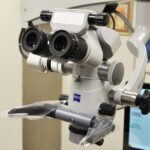
This review of the clinical and radiographic long-term outcome of endodontic microsurgery in teeth diagnosed with secondary apical periodontitis included 10 studies suggesting an overall success rate ranging from 69-93%.
[read the full story...]
This review of the clinical and radiographic long-term outcome of endodontic microsurgery in teeth diagnosed with secondary apical periodontitis included 10 studies suggesting an overall success rate ranging from 69-93%.
[read the full story...]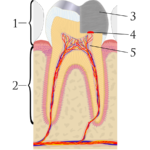
This review of direct pulp capping in vital primary teeth included 12 RCTs testing 16 different pulp capping agents. Interpretation of the available data is limited as few trials comparign the same agents and the quality of the trials is low.
[read the full story...]
This review of different pulpotomy dressing agents for pulpotomy treatment in immature permanent teeth. While the review suggested that the various agents tested had similar success rates the findings should be viewed cautiously as all the studies were at high risk of bias.
[read the full story...]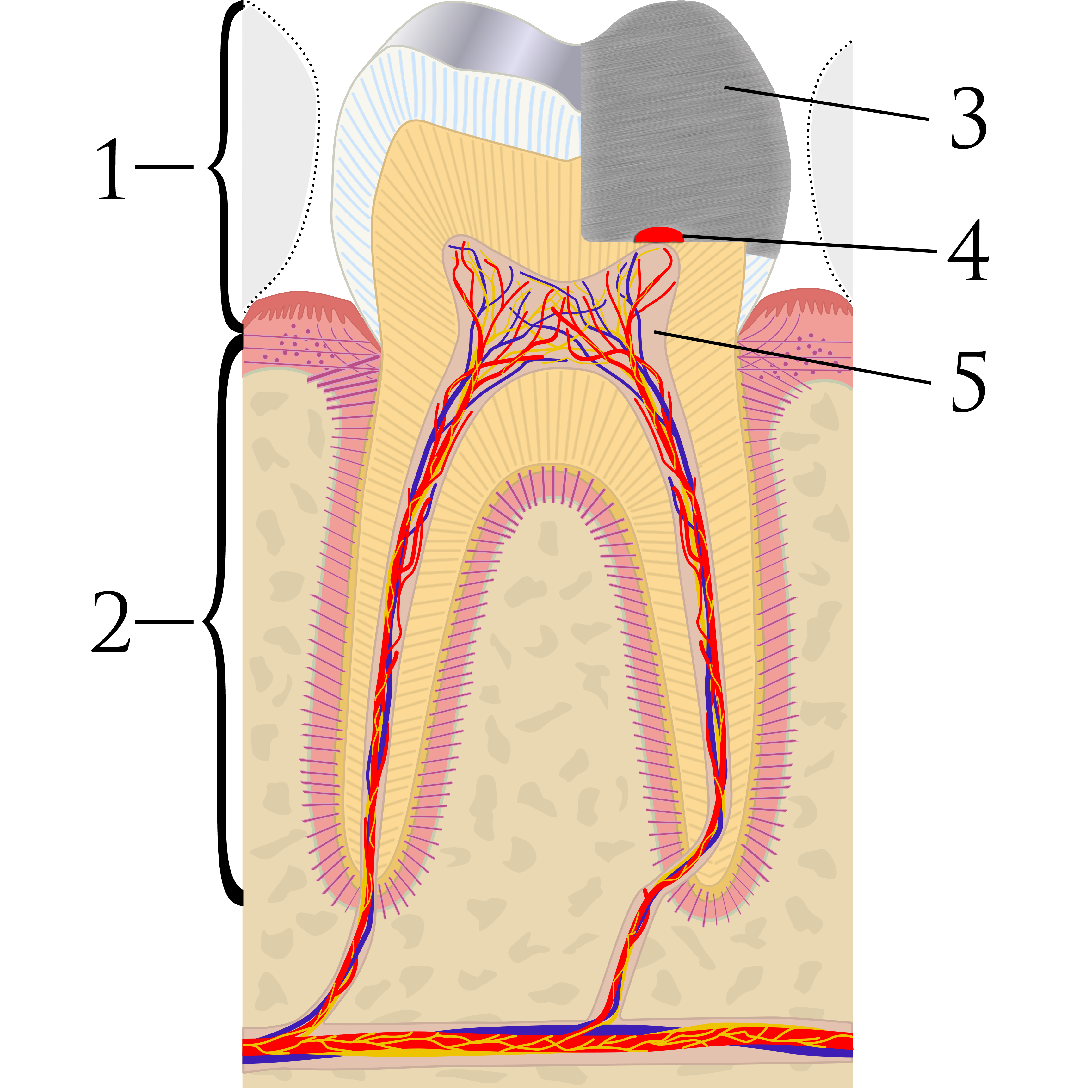
This review of the efficacy and cost-effectiveness of pulpotomy and associated medicaments in permanent teeth with pulp exposure included 17 RCTs some os which are still ongoing. The findings suggest that pulpotomy may be a potential treatment option for permanent teeth but more research is needed.
[read the full story...]
4 different vital pulp treatments for deep caries management of mature permanent molars were tested in this stud .The findings suggest that these techniques could be used but other approaches are available.
[read the full story...]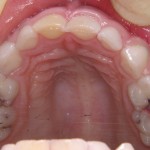
This Cochrane review of pulp treatments for primary teeth included 87 trials. Pulp treatments were generally successful with many trials having no clinical or radiological failure in either arm.
Mineral trioxide aggregate (MTA) may be the best medicament to apply after pulpotomy. For pulpectomy there was no conclusive evidence that one medicament or technique is superior to another.
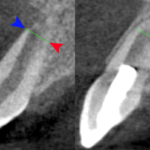
This review of regenerative endodontic treatment (RET) or mineral trioxide aggregate (MTA) apical plug (MAP)in the treatment of teeth with pulp necrosis and open apices used broad inclusion criteria. 144 studies were identified suggesting promising outcomes. However the quality of the available evidence is very low and more high quality research is needed.
[read the full story...]
This review of regenerative endodontics for non-vital immature permanent teeth included 14 studies. Although suggesting good outcomes overall they were of low quality with a high risk of bias. Larger high quality studies are needed.
[read the full story...]
This small but well conducted RCT compares the effectiveness of MTA and calcium hydroxide for direct pulp capping material in adult molars with carious pulpal exposure finding better performance for MTA at 3 years.
[read the full story...]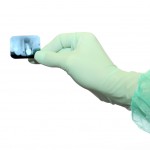
The Cochrane review of of materials for retrograde root filling identified 6 RCTs all at high risk of bias. The trials provide insufficient evidence to draw any conclusion as to the benefits of any one material over another so more high quality studies are needed.
[read the full story...]